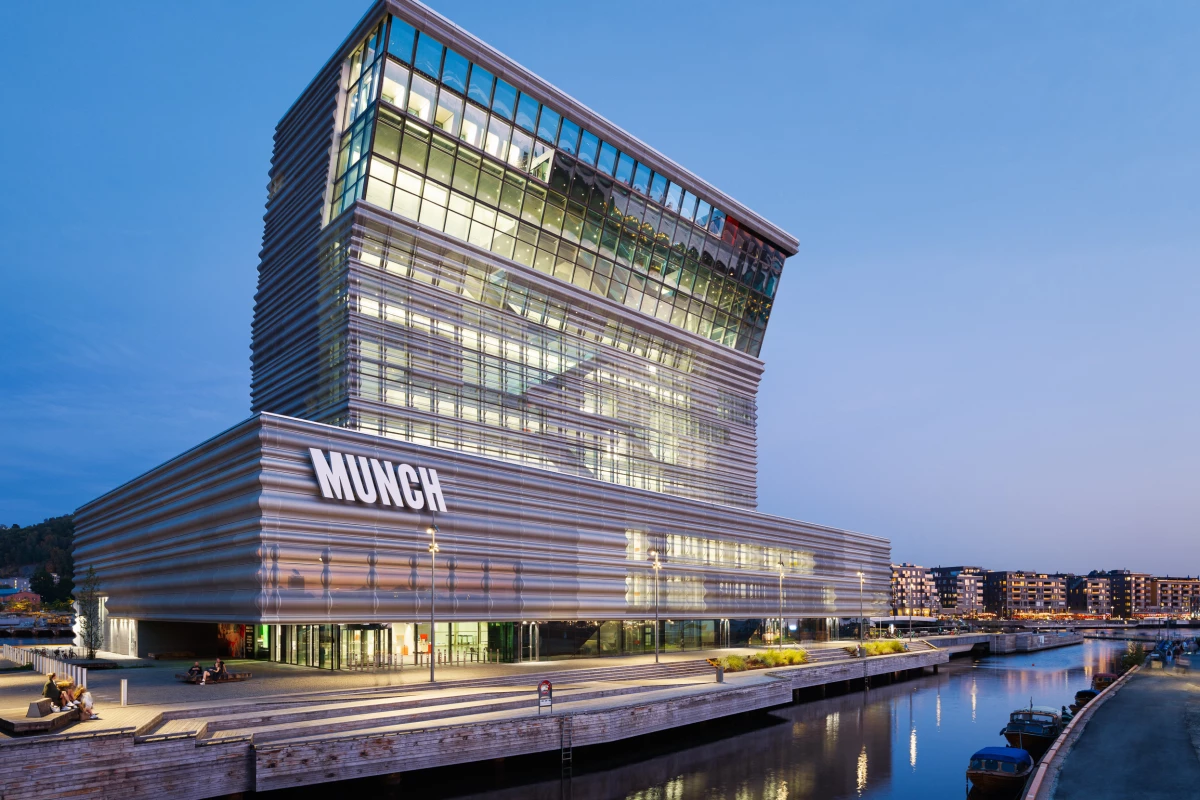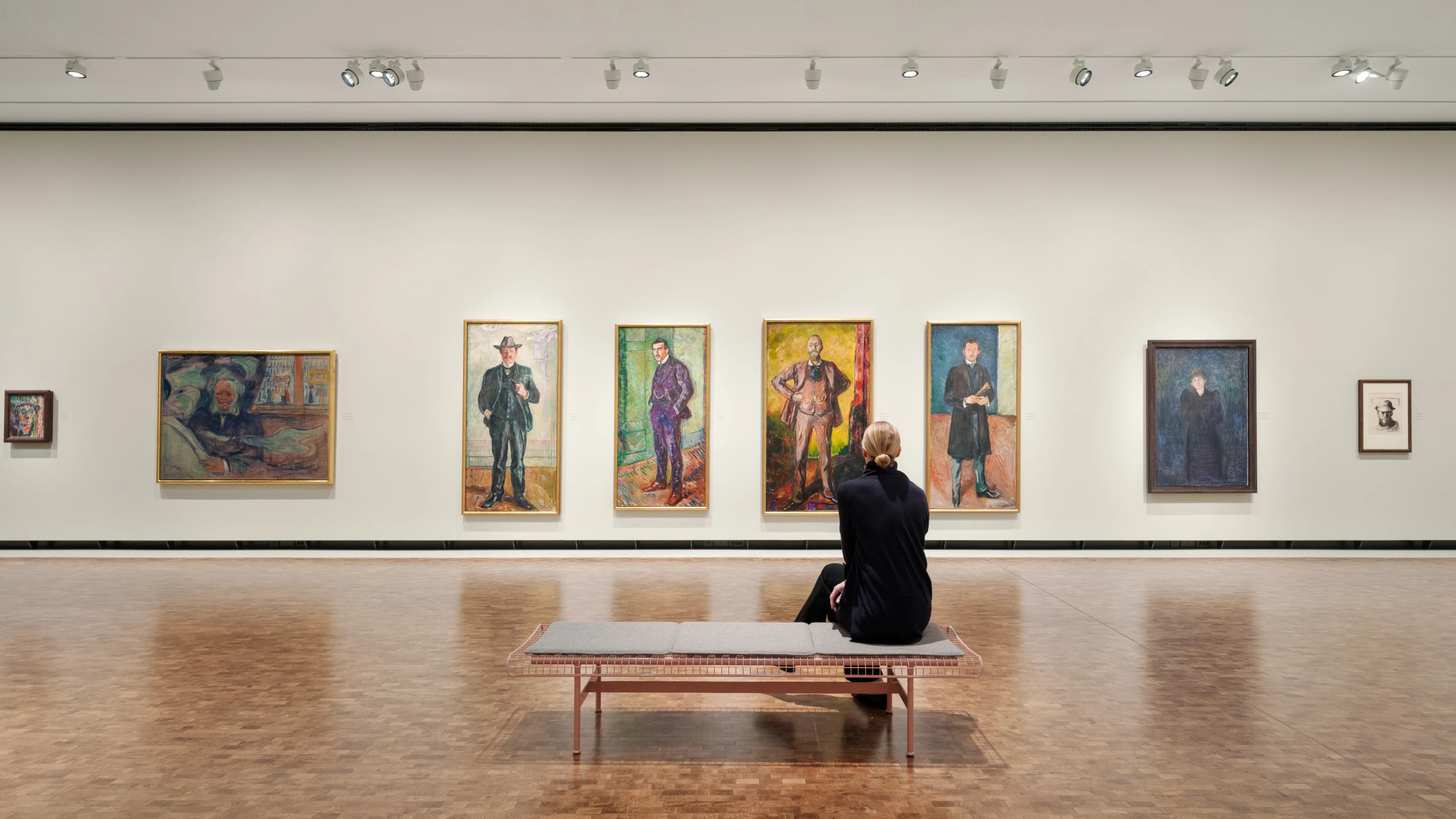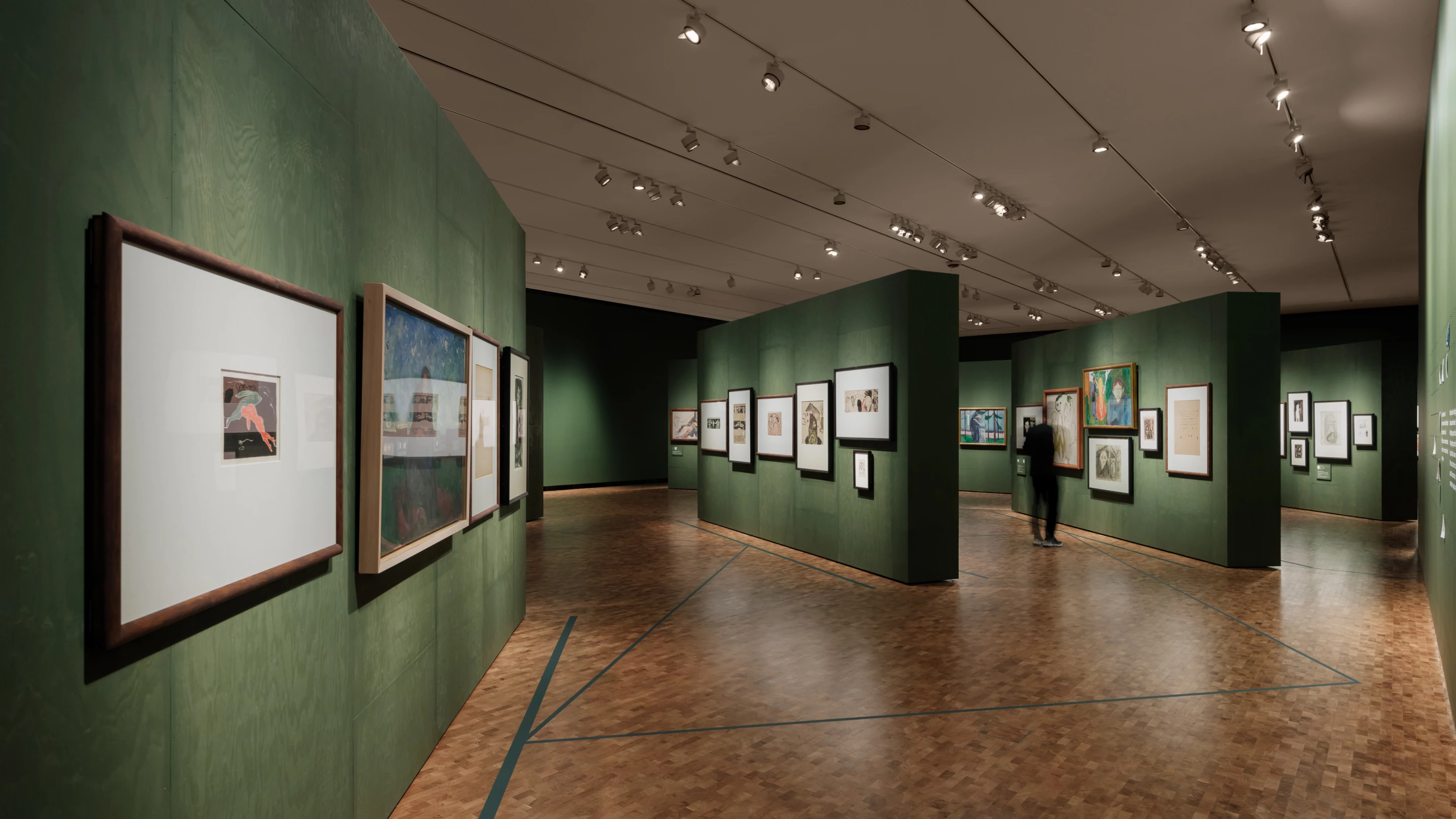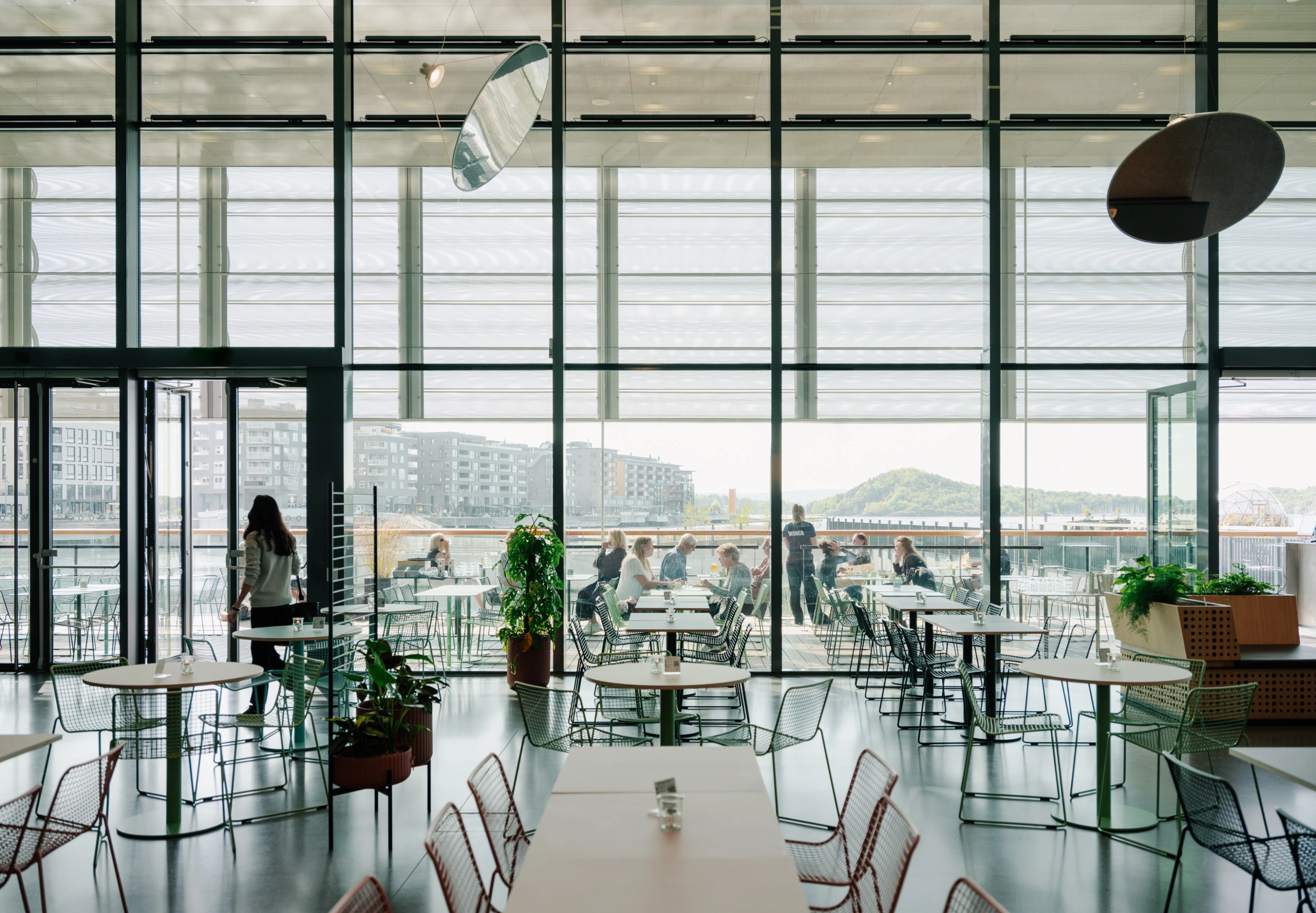With its aluminum facade and leaning form, the new Edvard Munch museum cuts a distinctive figure on the Oslo waterfront. The building is hailed by Spanish designer Estudio Herreros as one of the world's largest museums dedicated to a single artist and features thousands of the famous Norwegian expressionist's works, including multiple versions of his masterpiece The Scream.
The museum, named Munch, replaces the original Munch museum built in the 1950s and recently opened after a lengthy design and build process, with construction starting back in 2016. It consists of a three-story podium and tower that reaches 60 m (200 ft) in height. As well as creating a landmark for the local area, the size of the building and its vertical layout ensures that a large number of gallery spaces are available and also allows for flexibility in ceiling heights and room sizes.
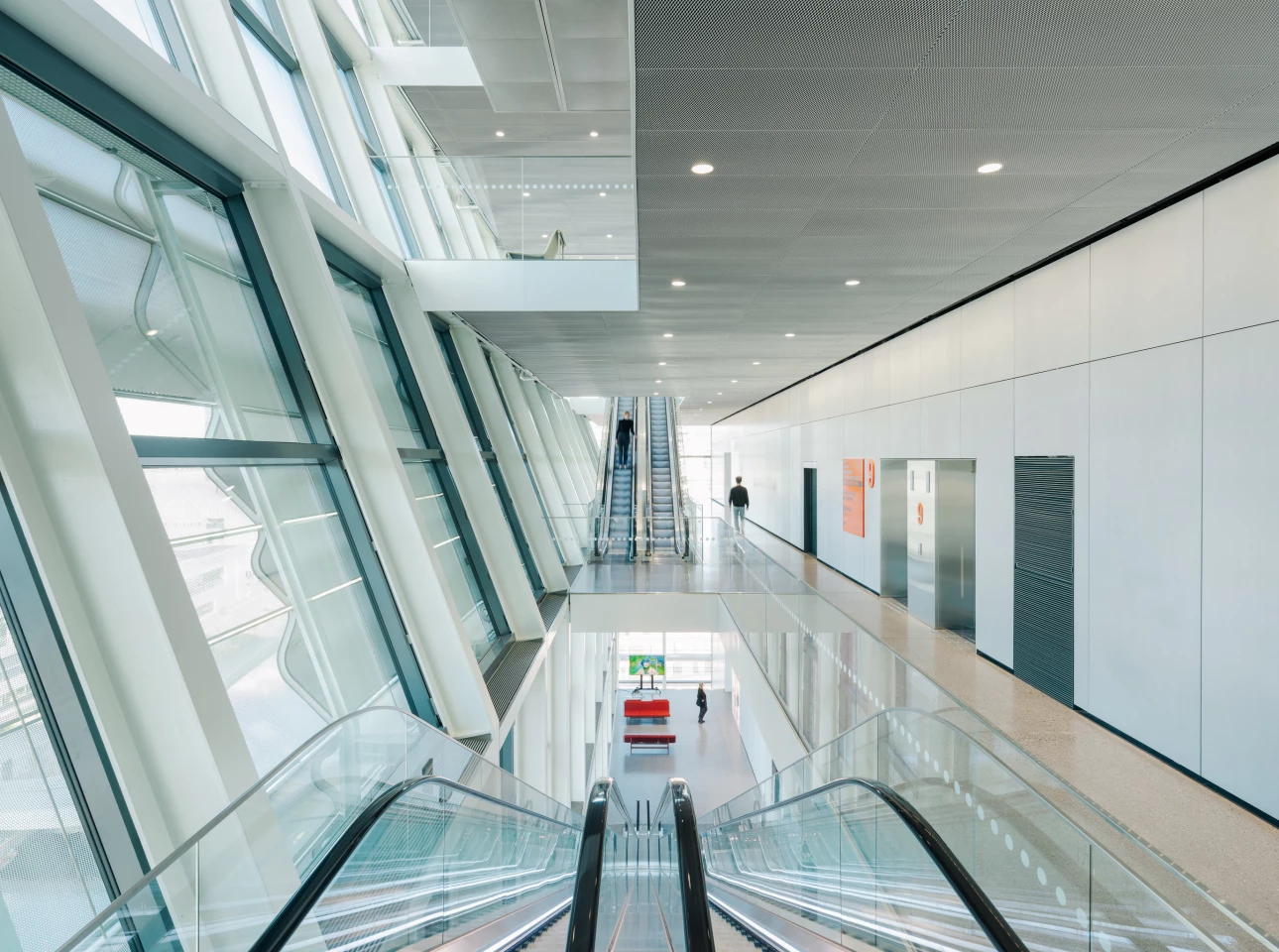
The interior of the building is arranged into two zones: one "static" and one "dynamic." The static zone hosts the actual art and features stringent security, plus airlocks and other humidity and daylight measures to protect it. The dynamic zone, meanwhile, is more open and features generous glazing to show off the view of Oslo as visitors move between the different exhibition areas.

There are 11 exhibition halls and over 26,700 works by Munch. Highlights include The Sun, as well as several versions of The Scream. There are other Munch-related items too, such as prints, photographs, and even letters and personal belongings. Other artists have exhibitions there also, notably the UK's Tracy Emin.

While it would be pushing it to call the building "green" due to its use of concrete, it has nonetheless been designed with sustainability in mind and features excellent insulation, high levels of air-tightness and the use of recycled materials, including its aluminum exterior.
"Munch has been built using low-carbon concrete and recycled steel, and its load bearing structure has been designed with a technical lifetime of 200 years," explains the museum website. "In addition, the building complies with Passive Building standards. In other words, energy consumption is reduced with the assistance of passive measures such as additional heat recovery, extremely well-insulated windows and excellent insulation. The wavy aluminum panels screen sunlight effectively, and also reflect and refract sunlight to avoid excessive temperature fluctuations."
Source: Munch
